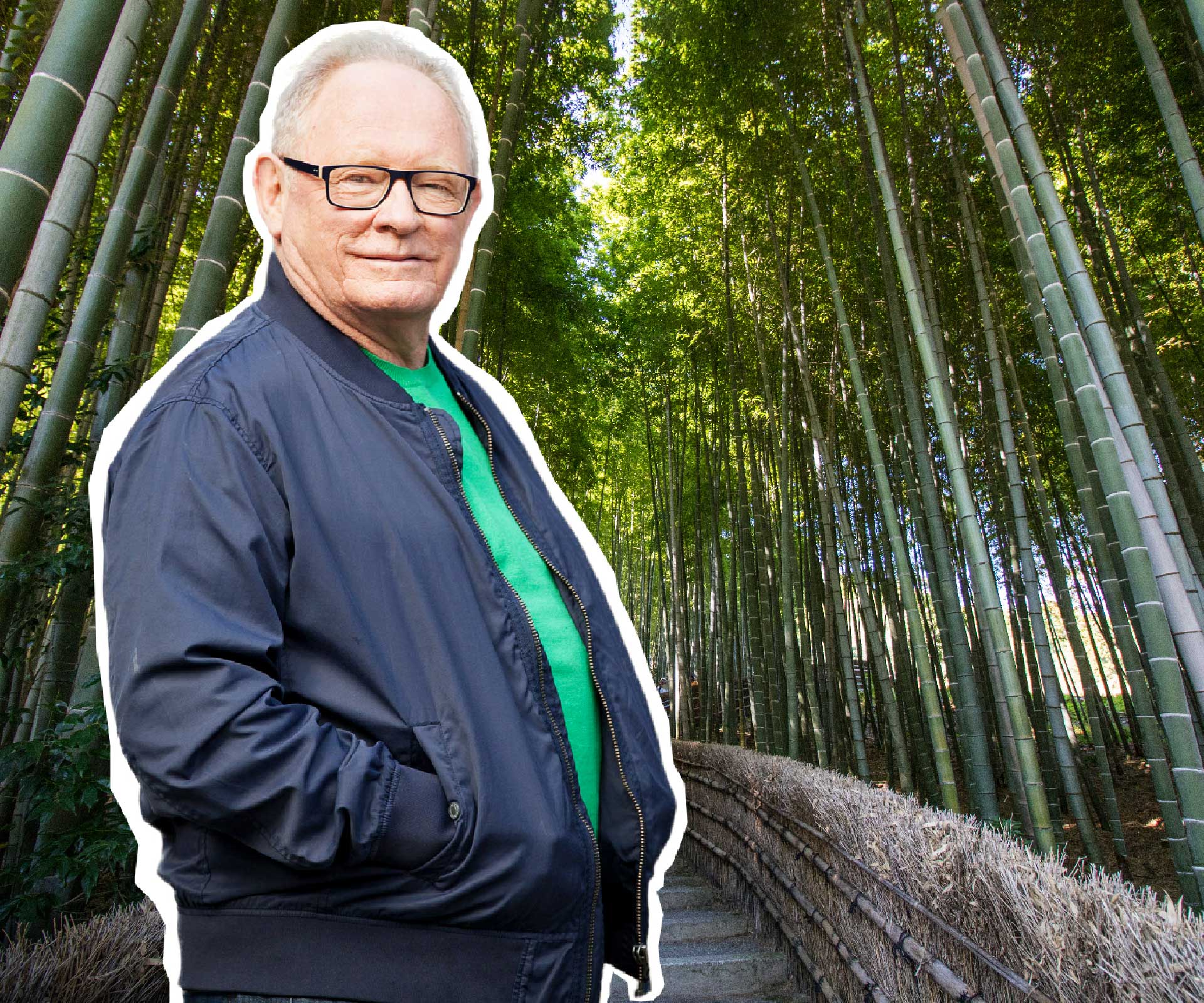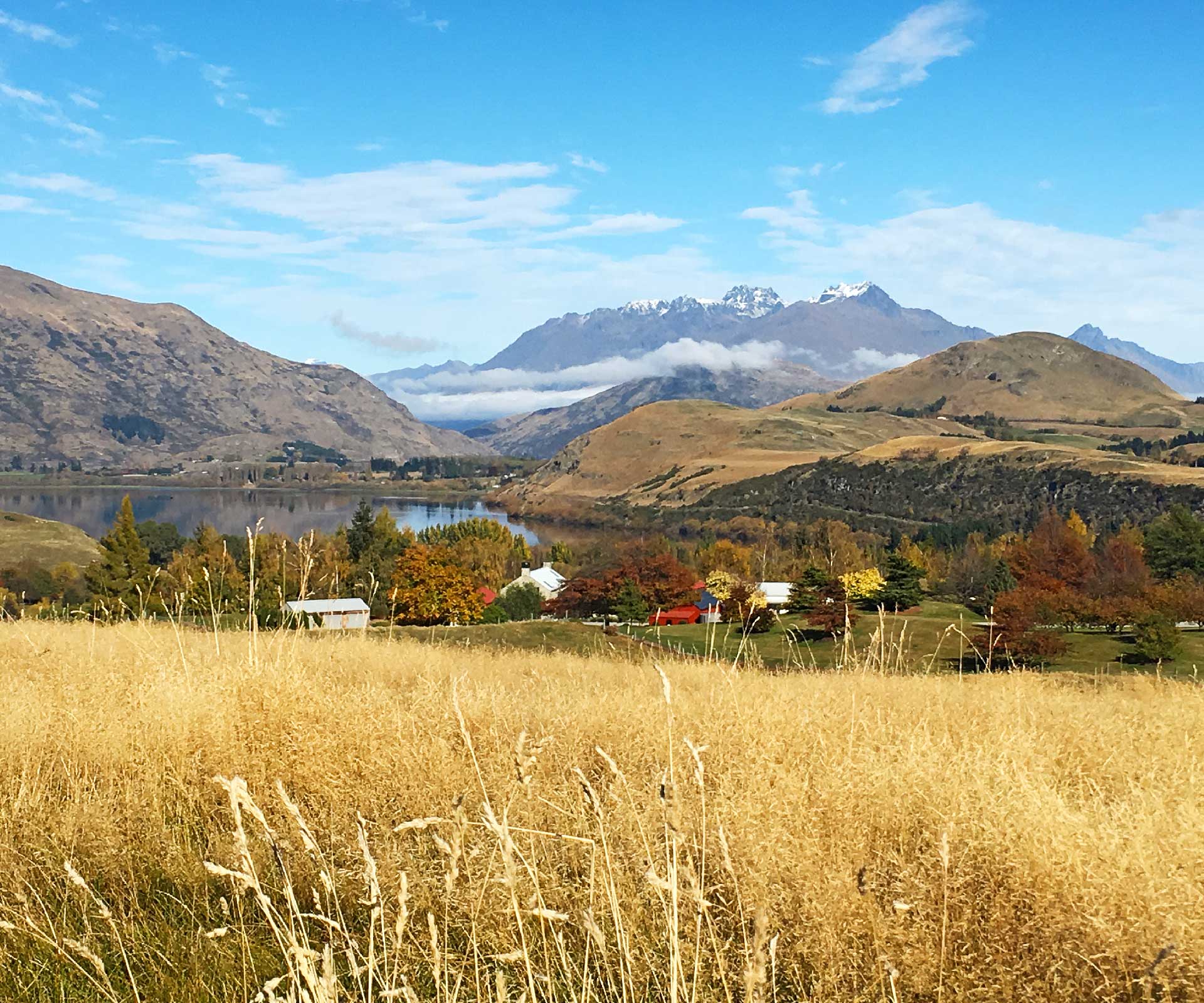My fondest memory of Japan is its people.
Proud, cultured, humble and helpful. Look lost on a Tokyo railway station and locals will be up to assist. Don’t be surprised if they walk you to where you need to go themselves. It doesn’t seem to matter if it takes 20 minutes and they miss their own train.
Tokyo can be overpowering – 13 million tightly packed people. But we were surprised by its noiselessness. There’s none of the crazy, jangly racket of Bangkok or Mumbai yet Tokyo’s Shinjuku has the world’s busiest railway station with one-and-a-quarter-million daily commuters.
Down the line, Shibuya Station carries just over a million. And just outside that station is the now famous Shibuya Crossing, the world’s busiest intersection. “The Shambles” it’s called. What fun! You’ll want to walk it (carefully) and take a selfie.
Japan has the finest railway system in the world. It’s an adventure in itself to be temporarily swallowed up by the tsunami of black-suited corporate warriors striding to and from their offices at peak hour. Oddly, none seem to bump into you.
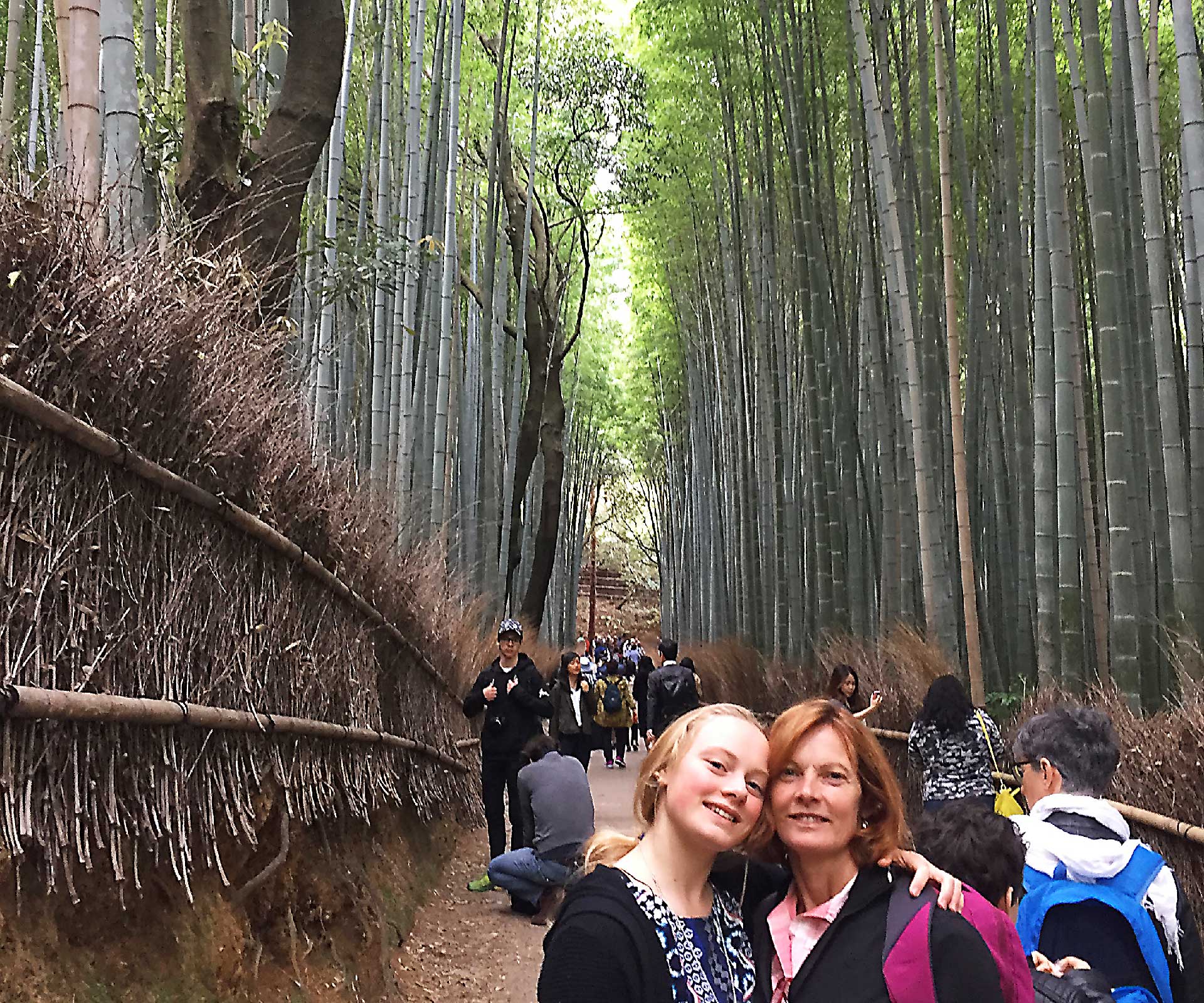
Kevin’s wife Linda and daughter Tommie in Kyoto’s bamboo forest.
The bullet train system, the conventional rail system, and Tokyo’s underground system converge at these massive transport hubs, spilling out passengers on a jaw-dropping scale.
Assuming you eventually manage to exit of one of these stations, endless Tokyo shopping choices await you.
Asia is now the centre of world fashion. So what’s it to be – the fashion world’s showcase stores in flashy Ginza? If so, try the weekends. Cars are banned from the main shopping street in the weekends and foot traffic takes over. Brilliant. Now what are we thinking? Mikimoto, Christian Dior? Or do the younger indie boutiques of Shibuya hold more appeal?
My fellow blokes, leave the girls to work that out. Head with me across Tokyo to see the world’s biggest fish market at Tsukiji. Two thousand tonnes of marine product pass through here every day.
But a warning. If you’re longing to see the 5am daily tuna auction, be prepared to start queuing at 1am. You can’t book and only 200 hopefuls get in each day. The best sushi and sashimi restaurants fill the side-streets around the fish market, so if you like your sleep, they might offer a better bet.
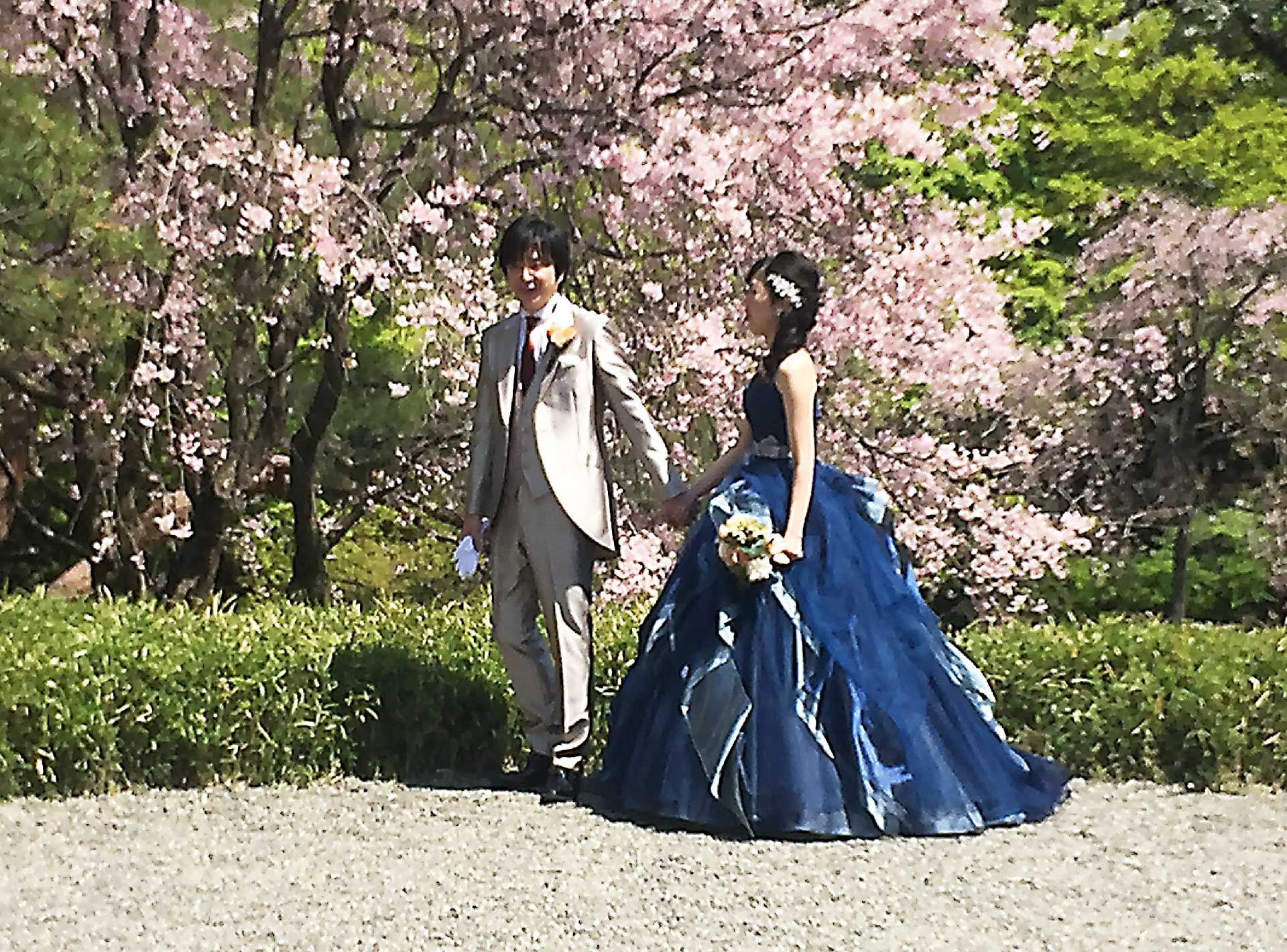
Cherry blossom is a colourful backdrop for this wedding couple.
A word about downtown Tokyo’s brilliant seafood restaurants – I haven’t even mentioned yummy tempura, have I? – you’ll want to visit the best. But reservations are essential, especially for Friday nights when the corporate warriors loosen their ties and male-bond over the world’s tastiest seafood and sake.
Eventually, you’ll want to get out of Tokyo and around Japan. A Japan Rail Pass is the way to do it. These are available only to foreign tourists and should be ordered before you leave New Zealand.
You pre-pay for a week, two weeks, a month or whatever suits and you get some excellent deals. Just flash your pass and you’re onto every Japan Rail train that’s going. It’s worth reserving seats for the longer journeys, though.
Unlike most other places, Japanese railways aren’t the ugly sister to the airlines. Some of Japan’s best tourist hotels are found within the big-city railway stations. They’re flash, competitively priced and offer a flying start to a day’s rail travel.
The many railway station restaurants aren’t what we’re used to, either. The world’s best sushi maker, Jiro Ono, operates out of a 10-seat sushi bar at Sukiyabashi Jiro station in Ginza – but you need to book a year in advance!
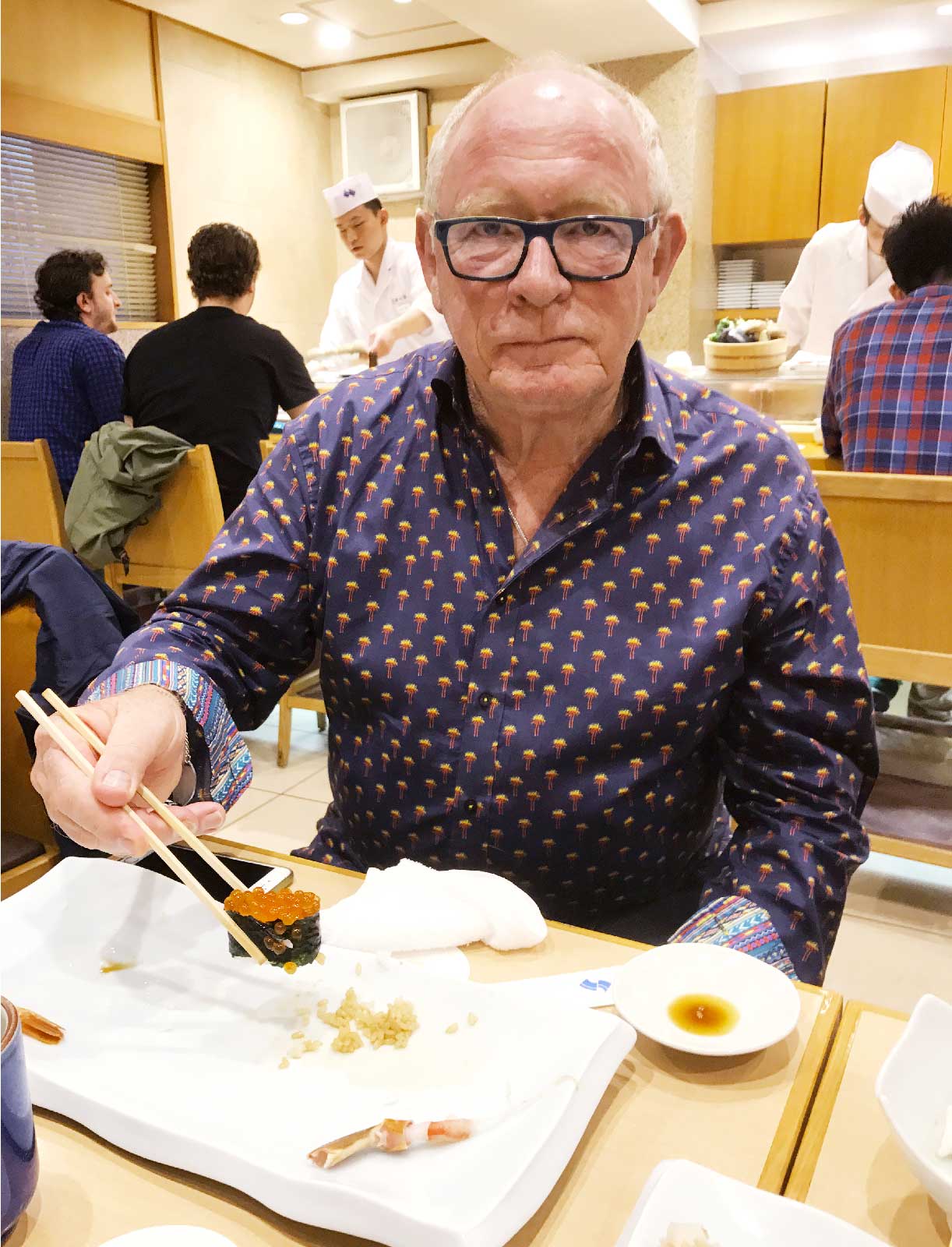
You can’t go to Japan and not sample the sushi.
Arguably the most stunning railway station in the world is at Kyoto, a couple of hours’ south of Tokyo by bullet train. This steel and glass masterpiece by 80-year-old architect Hiroshi Hara demands a viewing.
Kyoto is Japan’s old capital.
It was one of the few cities not bombed during the war, and is now the country’s cultural centre. It is home to stunning art works and pottery, and is where you’ll find 17 Unesco World Heritage Sites – ancient palaces and shrines, and gloriously manicured public gardens where bridal couples pose under flowering cherry blossom in March and April.
And there’s a small but sensational stand of giant bamboo, the Arashiyama Bamboo Forest – yes, a World Heritage Site in itself.
But let me end with Hiroshima.
It seems a long way south and awkward to structure into a schedule. But if there was one site I’ll never forget it’s the Hiroshima Peace Memorial Park, its Children’s Peace Monument and the Genbaku Dome.
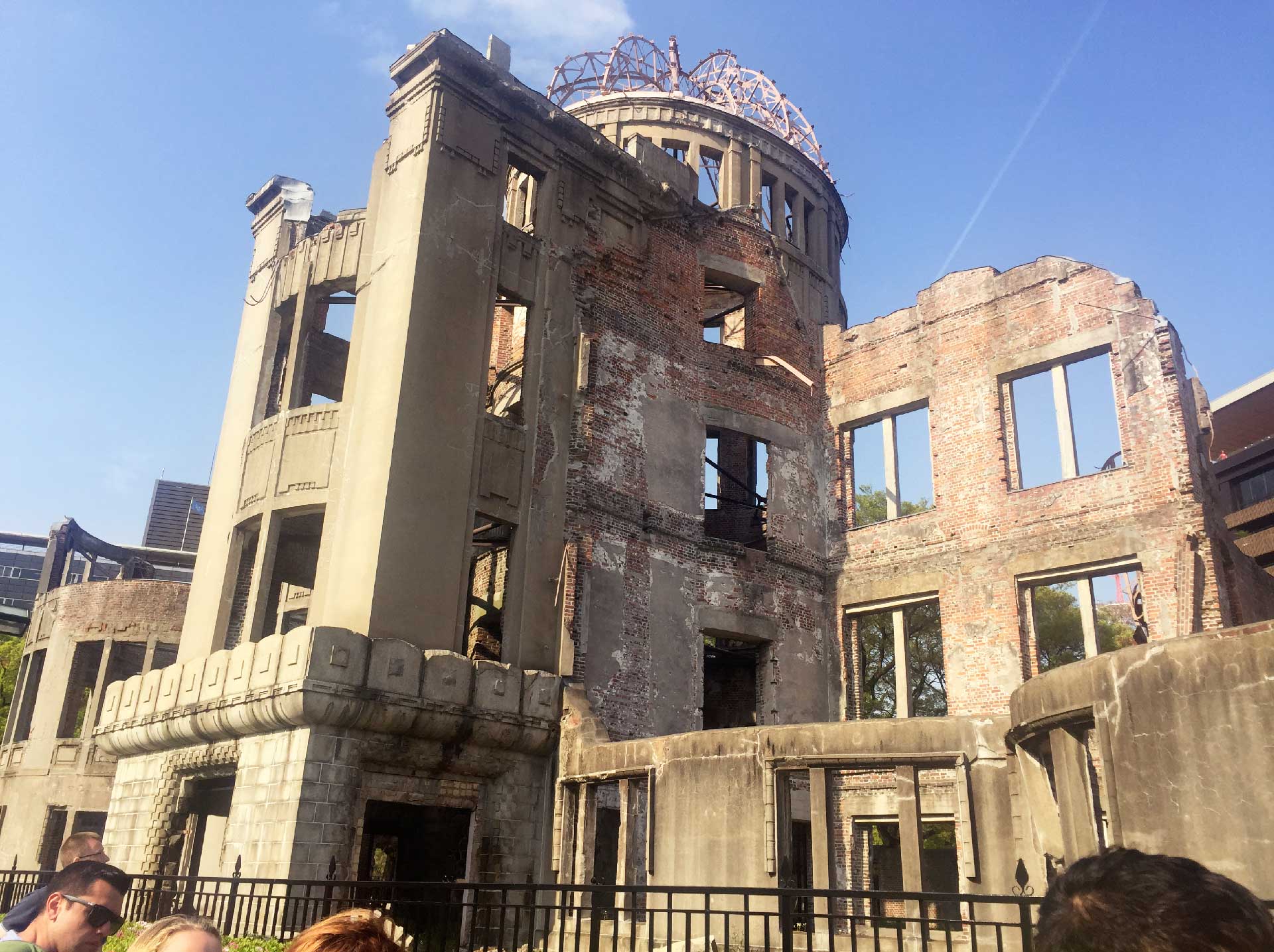
The Genbaku Dome, a shrine to the deaths at Hiroshima.
The rebuilt dome is near where the world’s first nuclear bomb landed on August 6, 1945, killing 113,000 men, women and children.
The museum spares no sensitivities in presenting the horrors of that day. It’s the most powerful museum I’ve ever walked through and is appropriately shocking.
But it’s not all grief at Hiroshima. A delightful island called Miyajima is best known for the 12th century Itsukushima Shrine, whose famous “floating” red gate is one of the most photographed structures in all Japan.
But if you’re tiring of shrines, climb the stepped walkway to the top of Miyajima’s Mt Misen and let the kids mingle with wild snow monkeys and deer. They’ll love feeding them. And don’t leave Miyajima without savouring some Hiroshima oysters, the best in Japan.
But it won’t be the oysters you’re still thinking about when you depart Hiroshima. Those images from the Peace Museum don’t easily escape your consciousness – and neither should they.
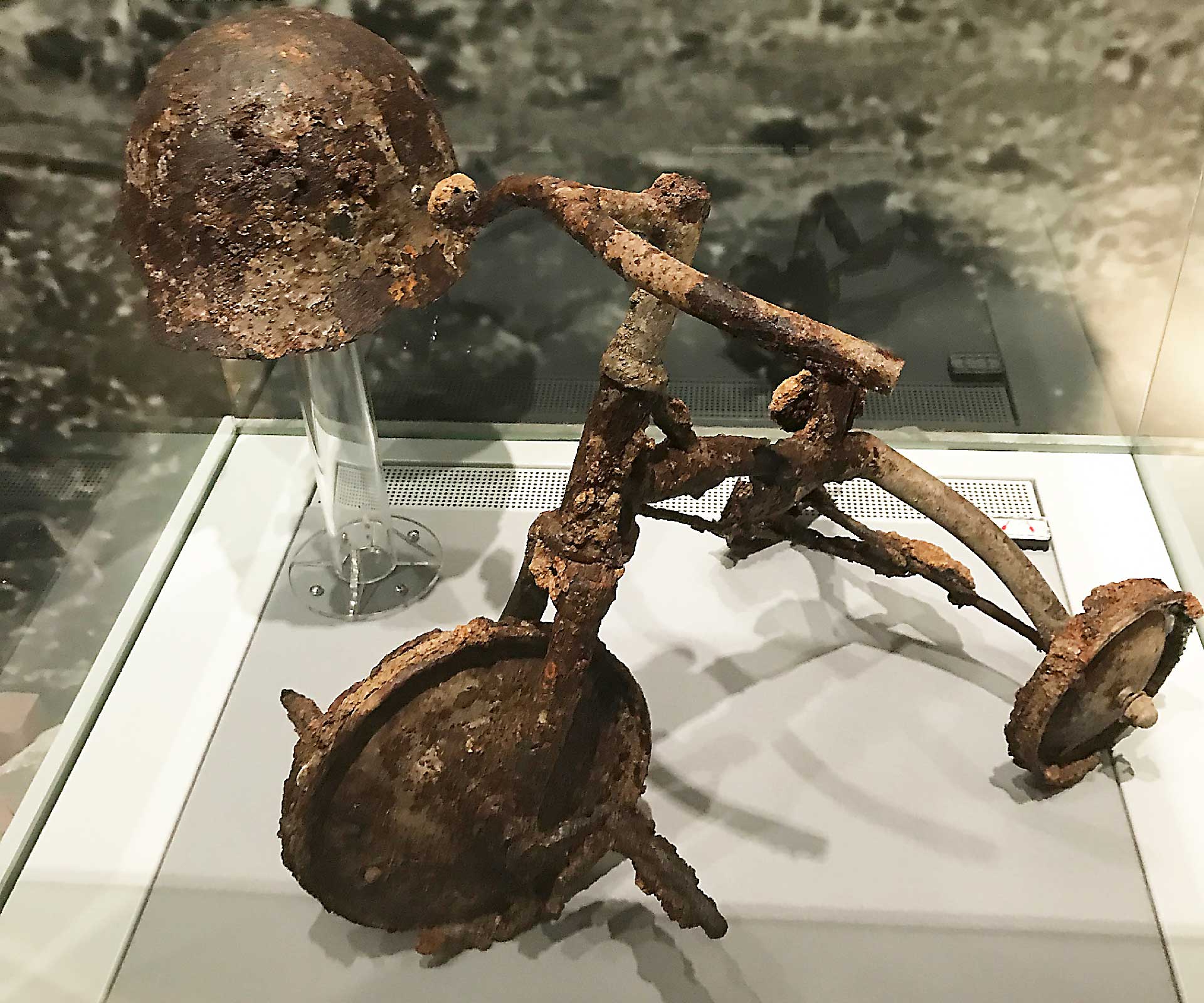
A child’s trike and safety helmet is a sobering sight at the Hiroshima Peace Memorial Museum.
An insider’s guide to… Japan
When to visit: Sept/Nov for autumnal colours and pleasant temperatures. End March/early April to catch the blossom.
Where to stay: If you’re touring, consider excellent hotels within the railway stations. Extraordinarily convenient.
Tours tip: Be careful not to pre-book tours that specialise in shrines, palaces and historic buildings. You can tire of them quickly.
What to take: A plentiful supply of painkillers and other necessary pharmaceuticals. It’s difficult to spot their equivalents in Japanese-language pharmacies.
What not to take: You may feel self-conscious in shorts. We saw very few Japanese, or tourists, wearing them.
